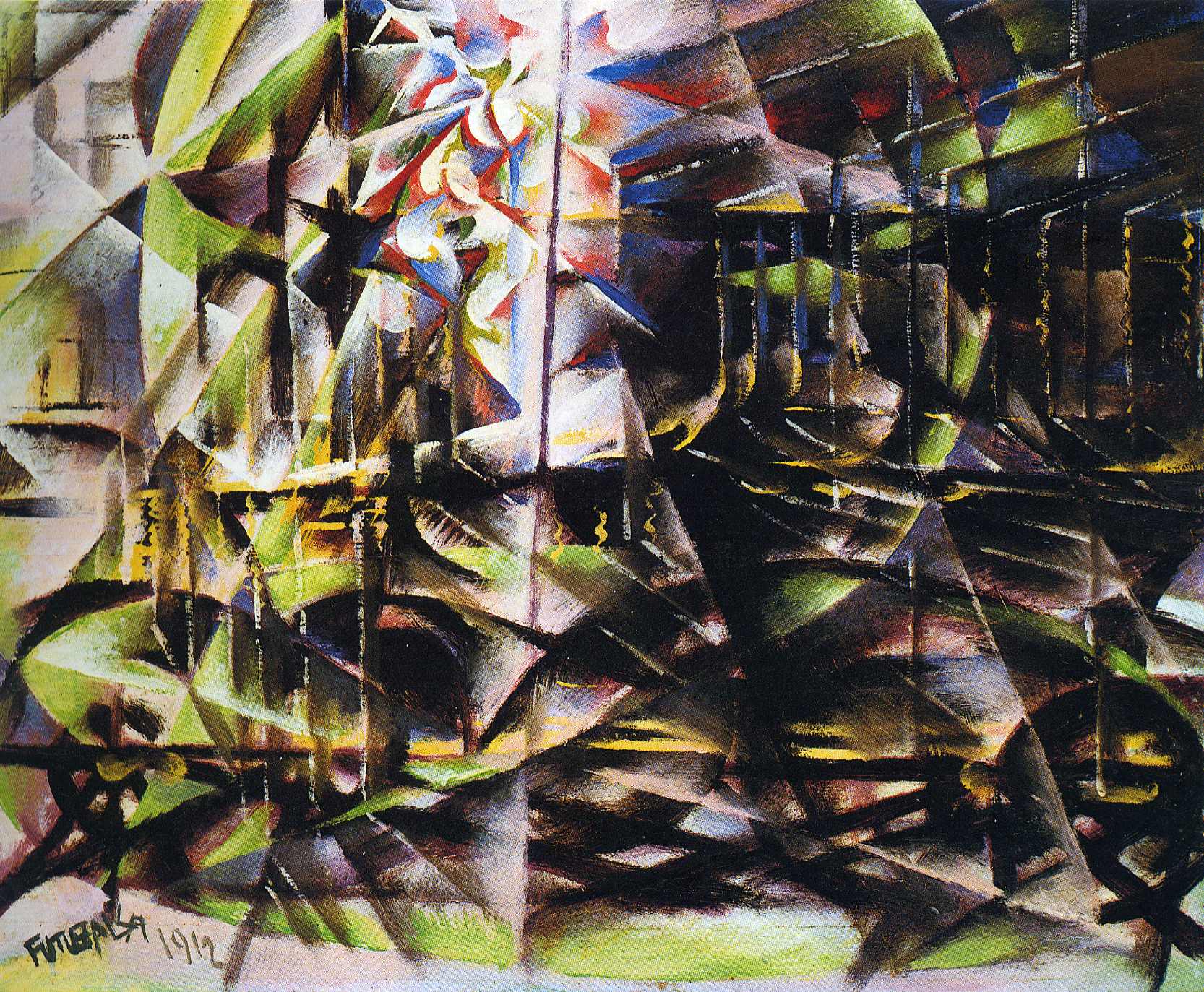Work on Neue Haas Grotesk began early in the fall of 1956. Over the following months Miedinger and Hoffmann exchanged a lot of drawings, proofs, and comparisons with the old grotesks. Miedinger, came up with a design based on Hoffmann’s instructions, and by the summer of 1957, produced a new sans serif typeface which was given the name “Neue Haas Grotesk.” which means “New Haas Sans Serif.” Neue Haas Grotesk was an immediate success it was adopted by many graphic designers it became a hallmark of contemporary Swiss graphic design.
To truly compete with other sans serifs in the global type market, Hoffmann knew it was important to make Neue Haas Grotesk available for machine composition. In June 1959 he made a deal with D. Stempel AG in Germany to manufacture Neue Haas Grotesk for the popular Linotype machine, making the typeface more practical to use for an even larger customer base.
Heinz Eul, who was the sales manager at Stempel, suggested “Helvetia” but Hoffmann was not convinced, especially since a sewing machine manufacturer and insurance company already carried the same name. He instead suggested “Helvetica” – “the Swiss”. This embodied the spirit and heritage of the face.
Helvetica is among the most widely used sans serif typefaces and has been a popular choice for corporate logos, some examples which make use of the Helvetica typeface are:
- 3M
- American Airlines
- American Apparel
- BMW
- Jeep
- JCPenney
- Lufthansa
- Microsoft
- Mitsubishi Electric
- Orange
- Target
- Toyota
- Panasonic
- Motorola
- Kawasaki
- Verizon Wireless
Apple has incorporated Helvetica in the iOS platform and the iPod device. Helvetica is widely used by the U.S. government, most notably on federal income tax forms, and NASA selected the type for the space shuttle orbiters.
In 1982 Linotype set out to revise and systematize the hodgepodge of fonts Helvetica had become over years. Adopting a numeric naming system from the former competitor typeface, Univers, styles and weights were coordinated and complemented. The height of capitals and lower case were aligned throughout the family. Yet the wish for regularization led to new compromises: condensed and expanded styles required squarer forms, which had to be adopted for the normal width, again sacrificing some of the personality of the rounder original.
In 2004 Christian Schwartz was commissioned to digitize Neue Haas Grotesk. The project, which he refers to as a restoration, was completed in 2010. With “as much fidelity to the original shapes and spacing as possible”, he carefully redrew the typeface to match Miedinger’s original forms.
Schwartz divided the family into two groups – display styles, which retained the characteristically tight spacing of the original’s larger sizes, and text styles, slightly sturdier and spaced more loosely for smaller sizes. Additionally, he incorporated alternative glyphs, like the straight-legged R which had been available in pre-digital formats. Other amenities like an Ultra Thin weight, drawn by Berton Hasebe, and additional numeral sets were added, but the essence of Neue Haas Grotesk was preserved throughout.
Bibliography
The font Berue, 2011, ''Neue Hass Grotesk'' [online] available at:<http://www.fontbureau.com/nhg/history/> [accessed 19 December 2014]
Find your type, ''Helvetica'' [online] available at: <http://www.fonts.com/font/linotype/helvetica#product_top> [accessed 20 December 2014]












